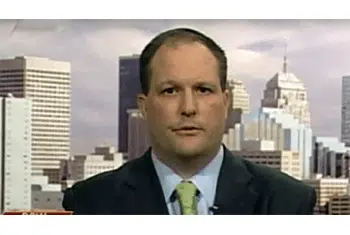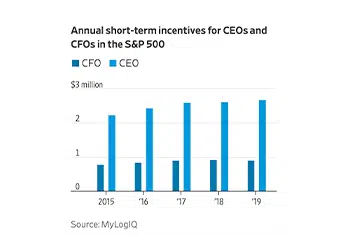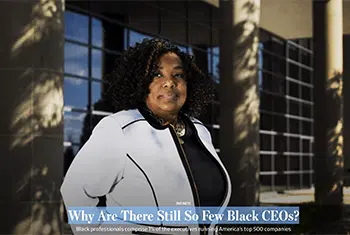The U.S. Securities and Exchange Commission (SEC) has long required public corporations to disclose the compensation of their top officers. The debate about whether chief executive officers are paid too much has gone on for decades. Many investors object to high CEO pay, which often runs into the tens of millions of dollars. Boards of directors claim that good CEOs are hard to find and that they have responsibilities for tens of thousands or even hundreds of thousands of workers.
Last year, the CEO of McDonald’s, Christopher Kempczinski, made 1,189 times the median compensation of his workers, according to an exclusive analysis of the pay of 294 public company CEOs done by MyLogIQ, which uses artificial intelligence (AI) and machine learning to examine SEC data. His total pay was $10,847,032 in 2020. The company’s proxy stated, “McDonald’s is committed to a strong pay-for-performance culture that closely aligns the interests of executives with those of shareholders.”







